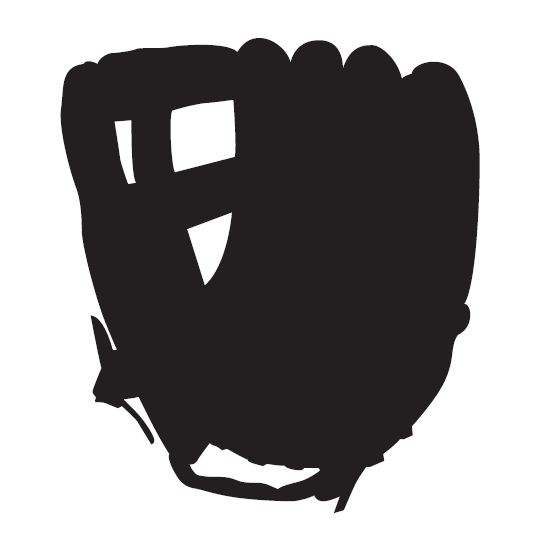a*round the horn
What Is The Definition Of Around The Horn In Baseball?
1. This refers to a double play that starts with the ball being hit to the third baseman who then throws it to the second baseman at second base, who then completes the double play with a throw to first base.

2. This is also used to describe throwing the ball around the infield after a strikeout when there’s no runners on base. After a strikeout, the catcher will usually throw the ball to the third baseman, who then throws it to the second baseman, who throws it to the shortstop, who then throws it back to the third baseman. Rarely does the ball ever go to the first baseman, as the third baseman is traditionally the last person to have the ball, who then flips it to the pitcher.
This also occurs when an out occurs at first base when there are no runners on base. After the force out, the first baseman will begin the process of around the horn, with the third baseman being the last one to catch the ball, who then gives it to the pitcher. The order of who the ball is thrown to around the horn depends on team.
The purpose of this ritual is to keep up with a baseball tradition, in addition to helping to keep the infielder’s arms warm.
Why Is It Called Around The Horn In Baseball?
The original meaning of “around the horn” is a reference to when sailors would travel around Cape Horn, which is located at the southern tip of South America. Before the construction of the Panama Canal, this was the only passage around the continent. Although it’s not completely certain that this is where the baseball term originated, many believe that this is where the usage stems from. Similar to how sailors would travel “around the horn”, the ball travels “around the horn” when it is thrown around the infield.
Examples Of How Around The Horn Is Used In Commentary
1. With the force out at first, the first baseman throws the ball around the horn.
2. And with that called strike, with nobody on, the catcher throws the ball around the horn.
Sport The Term Is Used
1. Baseball